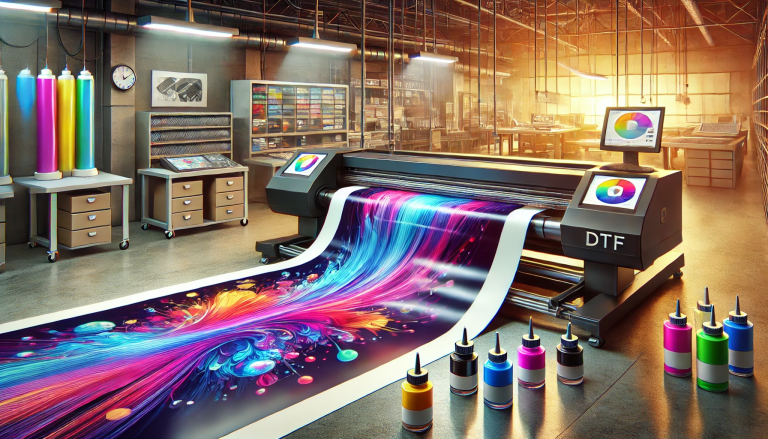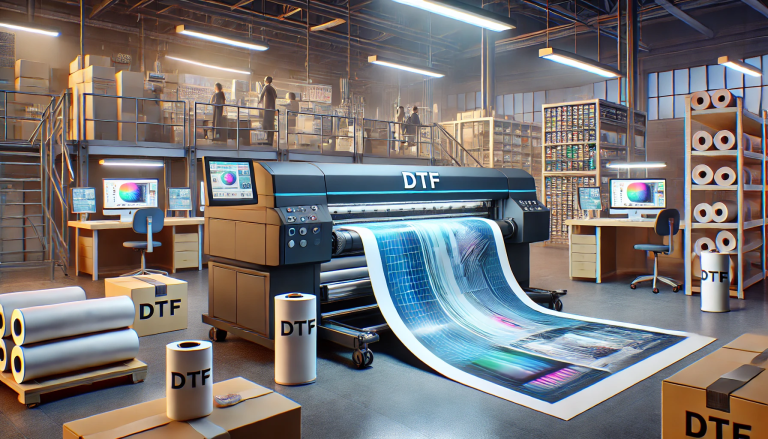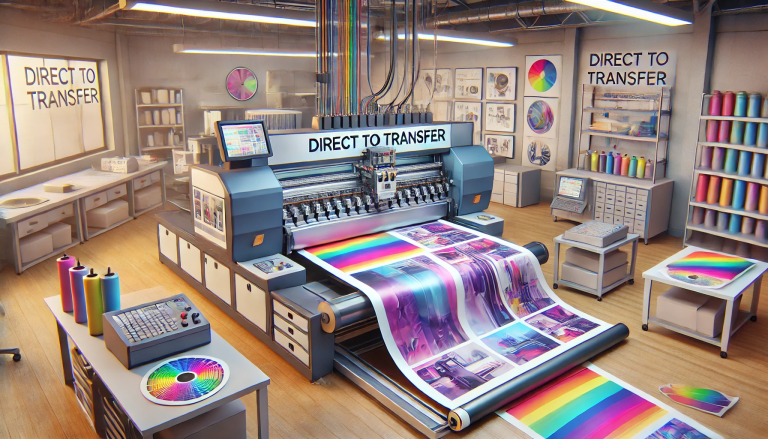“Mastering the Art of Making DTF Transfers: Understanding the Technology, Process, Challenges, and Future Innovations” -MAXDTF- DTF Film 13 Manufacturer, PET Film For DTF Factory, Made in China
Introduction
Direct-to-Film (DTF) transfers have revolutionized the printing industry, offering impressive color vibrancy, detail, and versatility on a wide range of materials. Mastering the process of making DTF transfers opens up countless possibilities for personalized design applications. This essay aims to provide an in-depth guide on how to make a DTF transfer, detailing an overview of the technology, the step-by-step process, challenges that could be encountered, and potential future advancements in the field.
Part 1: Unpacking DTF Transfer Technology
DTF transfers employ a special process where a design is printed onto a transfer film using DTF inks. Once printed, an adhesive powder is applied to the film. This adhesive acts as a binding agent between the design and the target material, activated via heat. This technology offers high-quality, durable transfers on a variety of materials, including various textiles, leather, and even some types of plastics.
Part 2: The Process of Making a DTF Transfer
Creating a DTF transfer begins with designing or selecting the image to be transferred. This design is then digitally printed onto the DTF transfer film using a DTF printer. It’s crucial to ensure the design is mirrored, as it will be placed facedown on the material.
After printing the design, an adhesive powder is applied to the film. The adhesive-covered film is then subjected to a heat process, often called curing, to activate the adhesive. This preparation process concludes the making of the DTF transfer.
Part 3: Challenges in Making DTF Transfers
Making DTF transfers, while straightforward in theory, does present some challenges. Ensuring a high-resolution design, correctly applying adhesive powder, and adequately curing the transfer are crucial steps that require attention to detail.
Printing issues, such as nozzle clogging in the DTF printer or using low-quality DTF inks, can compromise the quality of the printed design. Similarly, an uneven or excessive application of adhesive powder can lead to poor transfer. Furthermore, inadequate curing can result in incomplete adhesive activation, affecting the durability of the applied design.
Part 4: Future Innovations in Making DTF Transfers
Future innovations in making DTF transfers may come in various forms. Improved DTF printers could offer enhanced printing speed and quality, while advancements in DTF inks could lead to richer color reproduction and better durability. The development of new adhesive powders could reduce curing times and enhance design adhesion.
Moreover, software advancements might simplify the design process, offer advanced editing tools, and provide more accurate print previews, ensuring the result matches the envisioned design.
Summary
Making a DTF transfer involves understanding the technology, adhering to the process of designing, printing, and applying adhesive powder, and adequately curing the transfer. While there are challenges to this process, careful attention to each step can ensure the creation of high-quality DTF transfers. As technology progresses, we can look forward to innovations that make the process of making DTF transfers more efficient and versatile, further expanding the realm of possibilities in design applications.





